Researchers at KIT’s Physikalisches Institut have developed a method to precisely control diamond tin-vacancy qubits.
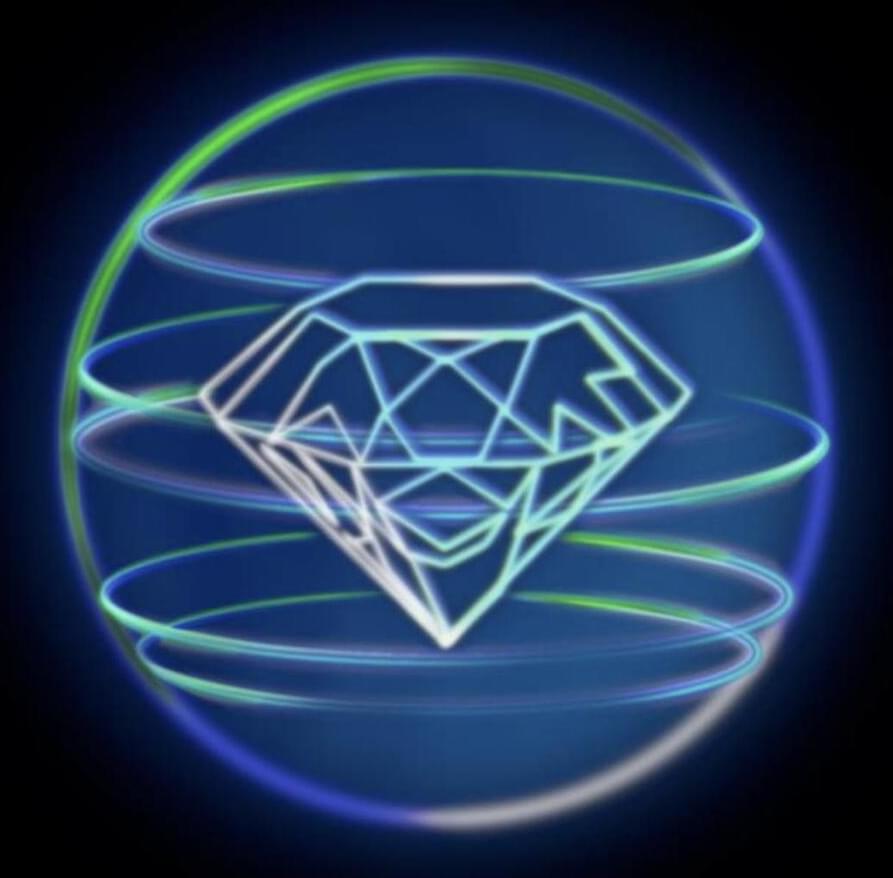

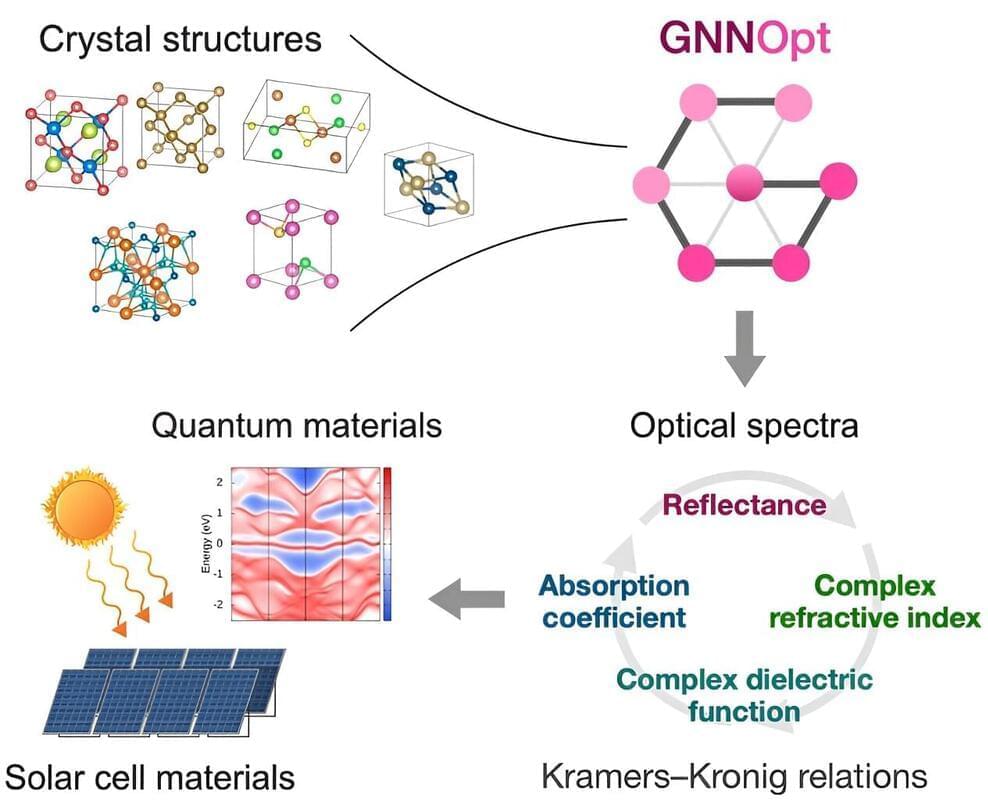
Researchers from Tohoku University and the Massachusetts Institute of Technology (MIT) have unveiled a new AI tool for high-quality optical spectra with the same accuracy as quantum simulations, but working a million times faster, potentially accelerating the development of photovoltaic and quantum materials.
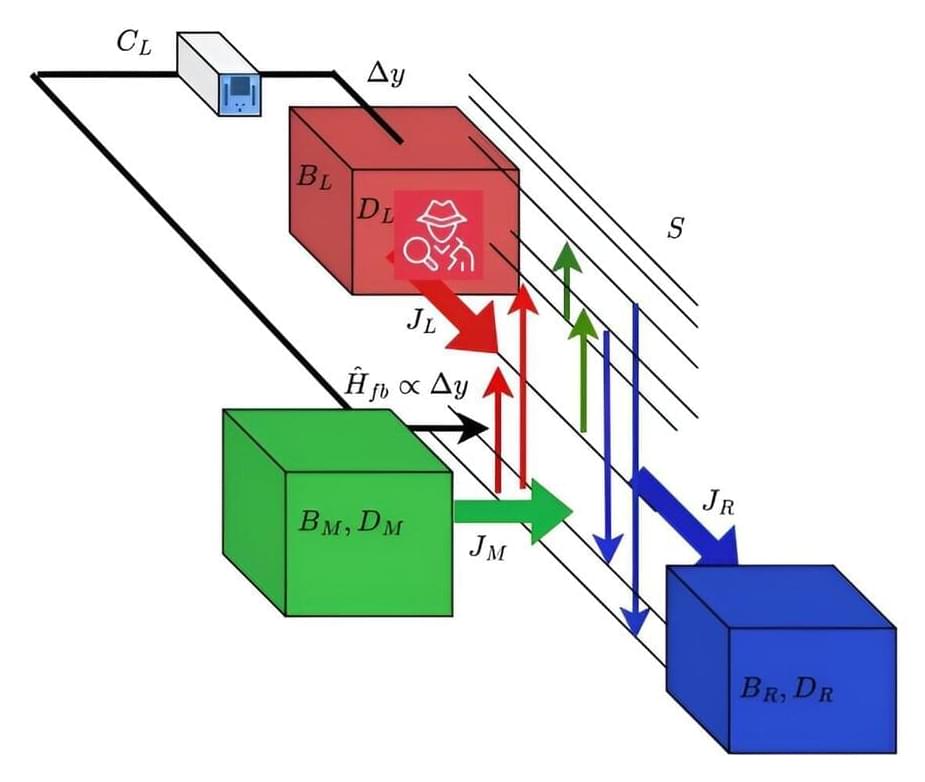
Scientists are finding ways to use quantum effects to create groundbreaking thermal devices that can help cool electronic systems. The quantum thermal transistor is one of the most exciting innovations in this field. While the current works surrounding this device are still theoretical, recent advancements in the fabrication of qubits using quantum dots and superconducting circuits have created a growing sense of optimism.
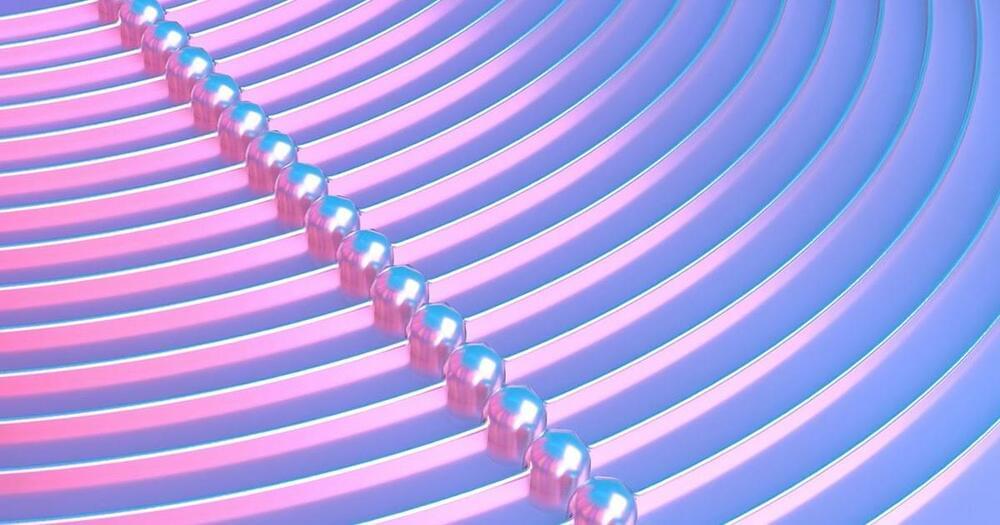

Despite the promising findings, the study acknowledges several limitations of quantum computing. One of the primary challenges is hardware noise, which can reduce the accuracy of quantum computations. Although error correction methods are improving, quantum computing has not yet reached the level of fault tolerance needed for widespread commercial use. Additionally, the study notes that while quantum computing has shown promise in PBPK/PD modeling and site selection, further research is needed to fully realize its potential in these areas.
Looking ahead, the study suggests several future directions for research. One of the key areas for improvement is the integration of quantum algorithms with existing clinical trial infrastructure. This will require collaboration between researchers, pharmaceutical companies and regulators to ensure that quantum computing can be effectively applied in real-world clinical settings. Additionally, the study calls for more work on developing quantum algorithms that can handle the inherent variability in biological data, particularly in genomics and personalized medicine.
The research was conducted by a team from several prominent institutions. Hakan Doga, Aritra Bose, and Laxmi Parida are from IBM Research and IBM Quantum. M. Emre Sahin is affiliated with The Hartree Centre, STFC, while Joao Bettencourt-Silva is based at IBM Research, Dublin, Ireland. Anh Pham, Eunyoung Kim, Anh Pham, Eunyoung Kim and Alan Andress are from Deloitte Consulting LLP. Sudhir Saxena and Radwa Soliman are from GNQ Insilico Inc. Jan Lukas Robertus is affiliated with Imperial College London and Royal Brompton and Harefield Hospitals and Hideaki Kawaguchi is from Keio University. Finally, Daniel Blankenberg is from the Lerner Research Institute, Cleveland Clinic.
Microwaves can control and stabilize diamond qubits, addressing their main challenge:
Researchers from Germany’s Karlsruhe Institute of Technology (KIT) have devised a method to precisely control diamond qubits using microwaves.
In case you’re wondering what is a diamond qubit, here’s a simple explanation —When a tin atom replaces a carbon atom in a diamond lattice, it leads to the creation of tin vacancy (SnV) centers.
The SnV centers are defects with exceptional optical and electronic properties, and therefore they can be used as qubits. Since these qubits result from defects in diamond lattices, they are called diamond qubits.

Scientists have discovered that cosmic filaments, the largest known structures in the universe, are rotating. These massive, twisting filaments of dark matter and galaxies stretch across hundreds of millions of light-years and play a crucial role in channeling matter to galaxy clusters. The finding challenges existing theories, as it was previously believed that rotation could not occur on such large scales. The research was confirmed through both computer simulations and real-world data, and it opens up new questions about how these giant structures acquire their spin.
After reading the article, a Reddit user named Kane gained more than 100 upvotes with this comment: “What if galaxy clusters are like neuron and glial clusters in a brain. And dark matter is basically the equivalent of a synapse. It connects galaxies and matter together and is responsible for sending quantum information back and forth like a signal chain.”
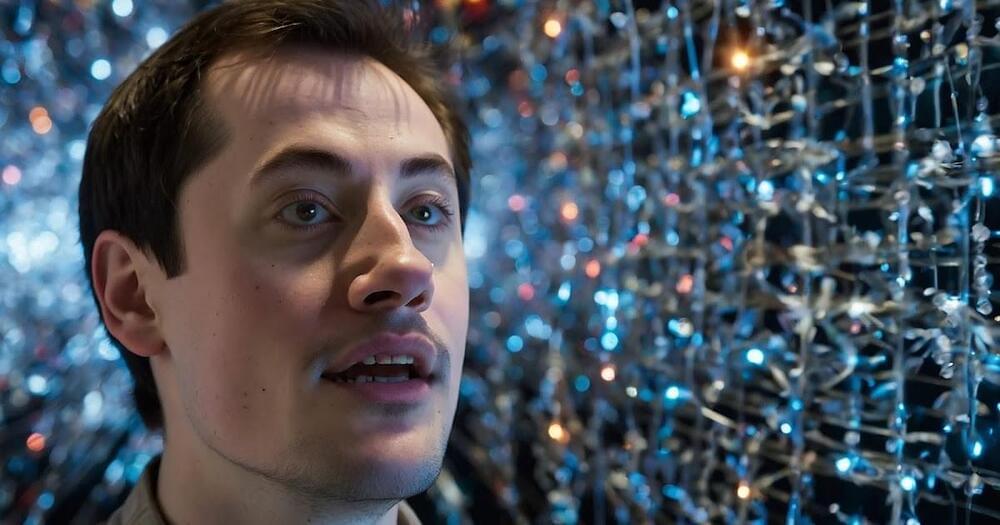

I think Stephen hawking was right about the Einstein physics of our universe but at the quantum mechanical realm it breaks all the rules with infinite energy.
The usual theory of inflation breaks down in eternal inflation. We derive a dual description of eternal inflation in terms of a deformed Euclidean CFT located at the threshold of eternal inflation. The partition function gives the amplitude of different geometries of the threshold surface in the no-boundary state. Its local and global behavior in dual toy models shows that the amplitude is low for surfaces which are not nearly conformal to the round three-sphere and essentially zero for surfaces with negative curvature. Based on this we conjecture that the exit from eternal inflation does not produce an infinite fractal-like multiverse, but is finite and reasonably smooth.